Shinplasters & Greenbacks
Shinplasters and Greenbacks
This produced a dizzying amount of exchange rates for people carrying paper money. Newspapers published exchange rates –called discount rates—of banks from one state to the other. South Carolina banks might be accepting Alabama banks’ notes at 3% discount, i.e. a person in South Carolina presenting an Alabama $10 bank note for specie would be paid $9.70 in coin.
Even within states, banks discounted notes from one another according to whim and gossip, not to mention profit.
This idea of metal being the only real money and paper a mere substitute meant banks were very local and had few if any branches. In a sense, this trapped an economy into being only as rich as the amount of gold and silver it could mine and refine. The value of other economic activity was secondary.
A prosperous bank was likely to order paper money made by the (still in business) American Bank Note Company in New York, New York. High quality engraving and special paper discouraged counterfeiting. Most areas did not have a local source of such high- quality engraving and paper. Local banks might contract with local newspapers to produce non engraved lithograph offset printed bank notes, striking in their obvious inferiority to real engraving.
Counterfeiting bank notes was easy and rampant.
Coins were counterfeited as well. In June of 1857 newspapers were warning people against counterfeit two cent coins. One newspaper assured readers the “Plugs are so obvious a child cannot be deceived.” A counterfeit coin was often referred to as a “plug,” hence the American term, “not worth a plug nickel.”
Plus, a sound bank might be robbed of all its coins, making its notes worthless.
In 1868, the Dalton Gang robbed the bank in Northfield MN. There was no Federal bank insurance back then. Everybody who had placed their money in the bank was literally robbed. If the money remained unrecovered, the local economy would be devastated.
The locals quickly gathered a posse of 60 men, 59 of whom were Civil War combat veterans. The gang were soon located, killed and all the money recovered. The lesson here was four 20-year-old street punks with pistols should not rob five dozen grown men used to military discipline and precision execution of a plan. History says it won’t end well.
Prior to the Civil War almost all Federal revenue derived from import duty and a lesser portion from internal taxes on alcohol and other goods. There was no income tax.
(Who can forget such a memorable import duty tax court case on the eve of the Civil War “United States versus 149 dried walrus hides.” The walrus hides won I am happy to report.)
US One Silver Dollar 1859
As it became clear to both North and South the Civil War would not be short or inexpensive, both sides cast about for ways to increase income. Appeals to patriotism, particularly in the South, urging people to donate gold and silver jewelry, coins, and so on in exchange for government bonds did not produce enough revenue to keep the war machines going.
One of the ironies in the early days of secession was when the newly self-installed and self-proclaimed Confederate cabinet realized there was nobody in the South who could print high quality paper money or stamps except The American Bank Note Company in New York City.
Soooo….the Confederate States of America placed an order with the American Bank Note Company which same the company dutifully filled. And the Federal government seized all $100,000 CSA dollar notes as soon as it was ready to be shipped South.
Both sides started issuing government bonds promising various amounts of interest repaid twenty or thirty years “after the cessation of hostilities.” That worked for only a year or so for both sides. The Union attempted to make their bonds more attractive by declaring them legal tender for certain types of debts, The notes were not good for paying import duties and taxes which benefited only the rich who had better access to gold.
In 1863 the North attempted a radically new method to raise funds. Aside from imposing an income tax, the North started issuing paper currency backed not by gold, but by the “full faith and soundness” of the Federal government. In the North, the acceptability and use of so called “greenbacks” was based solely on how confident citizens were the United States government would survive. “Greenbacks” were to be “legal tender for all debts public and private,” at full face value. This was in direct contrast to privately issued bank notes, often referred to as “shinplasters.”
Faith in gold and silver alone was hard to overcome. The value of Federal greenbacks varied in exchange for gold. People reluctant to accept paper money for "real" money often demanded as much as $250 in paper money to equal a debt of $100 in gold. Western states went even farther. Gold was plentiful there, so use of greenbacks to pay taxes or state fines was outlawed. Even in private use, a person using paper money was viewed with great suspicion.
After mid 1863, Confederate national currency became less and less acceptable or, was heavily discounted to be accepted. Prices and inflation soared from both lack of faith in the Southern cause as well as increasing scarcity of goods as the Union blockade tightened. The government in Richmond desperately issued more and more bonds. In fact, a respectable job for a lady who had lost a husband and/or home was to apply to the Confederate treasury in Richmond to work signing bonds with the treasurer’s signature to hundreds of bonds each day. The job paid very little but was enough to keep women from turning to worse professions.
The Confederacy never managed to mint their own coins, so Yankee coinage continued circulating in the South. People too poor to buy bonds or too distrustful of either side’s paper money hoarded coins to the point there were shortages of small change in some areas of both North and South. A partial solution to this was found by using “encased stamps.” Unused US postage stamps encased in a small box with a clear front and a tough opaque back substituted for coins.
After the war, while gold coins were still the preferred method of payment, paper money issued by the Federal government came into wider acceptance. Still, the post war bills promised payment in gold on demand. It would not be until FDR took the US dollar off the gold standard in the Great Depression that Lincoln’s experiment would be even partially tried again. Even then, paper dollars were still backed by gold at the rate of $32/ounce, bearers just could not demand payment in gold. Until President Nixon uncoupled the price of gold from the backing of the paper dollar, real “full faith backing” of paper money was not a reality.
Below, 30 clippings from various periodicals
The US Mint Buys Gold December 1853
The Richmond, VA Money Markets 1855



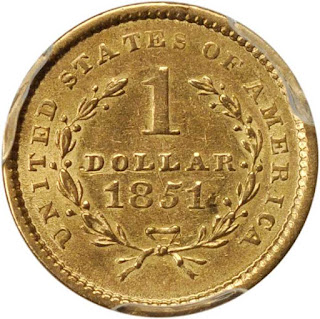






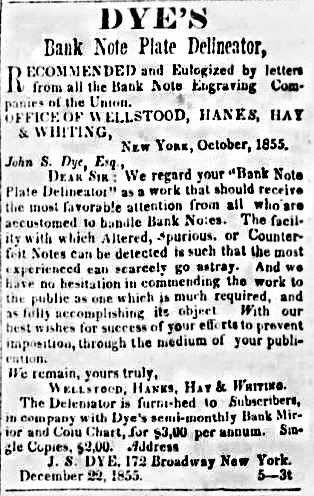








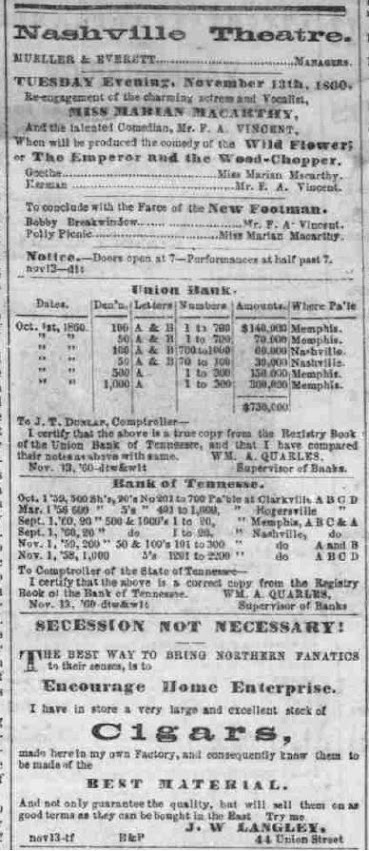














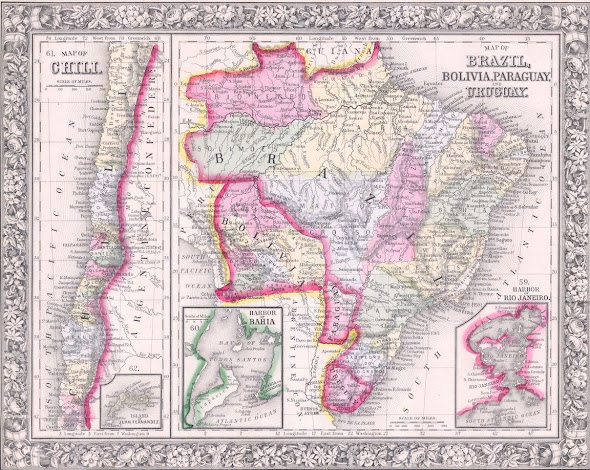
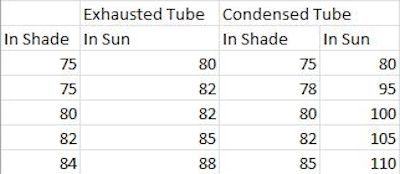
Comments
Post a Comment